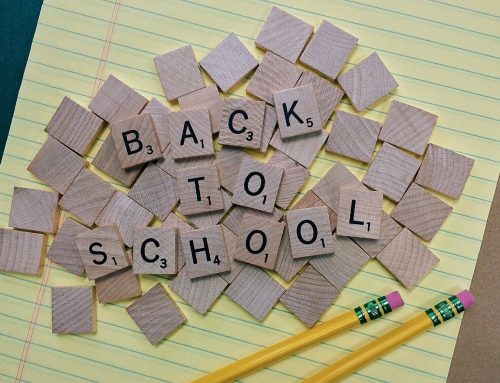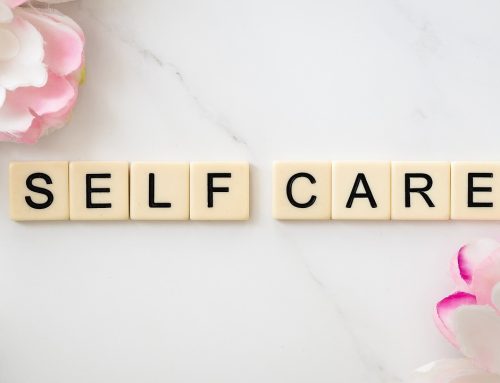As we near the one-year anniversary of the pandemic and lockdowns many are still struggling with isolation, stress, and uncertainty. Much of us are still working from home, and the novelty has worn off. We are still distanced from friends and family and that isolation is taking a toll. There is a light at the end of the tunnel, however. The vaccine is here, and its distribution is increasing. Most of us could be vaccinated as early as the end of May. In the meantime, we need to stay vigilant and continue to practice all safety precautions. This is a good time to revisit some of the tips and tricks to get us through the home stretch.
Remote work
It has been a year and we are STILL working remotely! While technology has allowed virtual teams to continue to meet and stay connected, it has led many to experience what has been termed Zoom burnout. Zoom burnout is that feeling of exhaustion after a day, or year, of virtual meetings. In order to combat Zoom burnout and make working from home more enjoyable in general remember to:
- Take regular breaks – Take a lunch break, take your morning and afternoon breaks. Get up and walk around every hour or so. Schedule your breaks and take them in their entirety. Be sure to schedule “off-camera” breaks throughout your day as well.
- Ergonomics – Be conscious of ergonomic conditions as you set up your workspace. Sit with your feet flat on the floor, keep good posture, with your arms at roughly right angles, and place your screen at eye level. Keeping your camera at eye level will help reduce eye strain during video calls.
- Go offline when possible – Remember to disconnect occasionally and, when you do, engage in relaxing activities that do not require a screen. For example, you can go for walk, grab a cup of coffee or tea and read a book, listen to music, meditate, or call a friend or loved one for a chat.
Isolation
Humans are social creatures and connection with others is vital. The pandemic has required is to distance ourselves from our friends and loved ones. This prolonged social isolation can have negative consequences on our mental health. To protect your mental health and wellbeing, you can:
- Stay Connected – Physical isolation does not mean social isolation. Whether you are a quiet and shy person or the life of the party, everyone needs connection. Use your phone, email, letter writing, and/or Facetime or other virtual meeting platforms to stay in contact with people. Especially if you live alone, be sure to connect with at least two people every day by phone or by video.
- Practice Mindfulness – Try apps such as Insight Timer, Calm, and Headspace for a daily meditation to start and/or finish your day. You can also access mindfulness and resilience resources on your PersonalAdvantage online resource library. Also, end each day by writing or saying aloud 5 things for which you are grateful. Be specific.
- Get Moving! – Seek to incorporate movement into every day. Gentle stretching, gentle yoga, qigong, and cardio videos to name a few can be found on a smart TV, apps, and various websites. Consider dancing with a friend via Facetime or with multiple people with the app House Party. Consider a virtual exercise challenge with friends, or simply go for a walk outside.
Remember, MINES is here to help if we are your EAP! If you are experiencing any stress, anxiety, burnout, trouble focusing on wellbeing, or any other day to day issues that may be impacting your health and wellbeing (or just want to talk to someone), please remember MINES counselors are experienced and available. We offer free and confidential counseling with licensed mental health professionals via telephone, video, and online text/message-based platforms. You may also have access to legal and financial benefits, wellness coaching, work/ life balance service, smoking cessation, and parental coaching services.
To your wellbeing,
The MINES Team












Leave A Comment